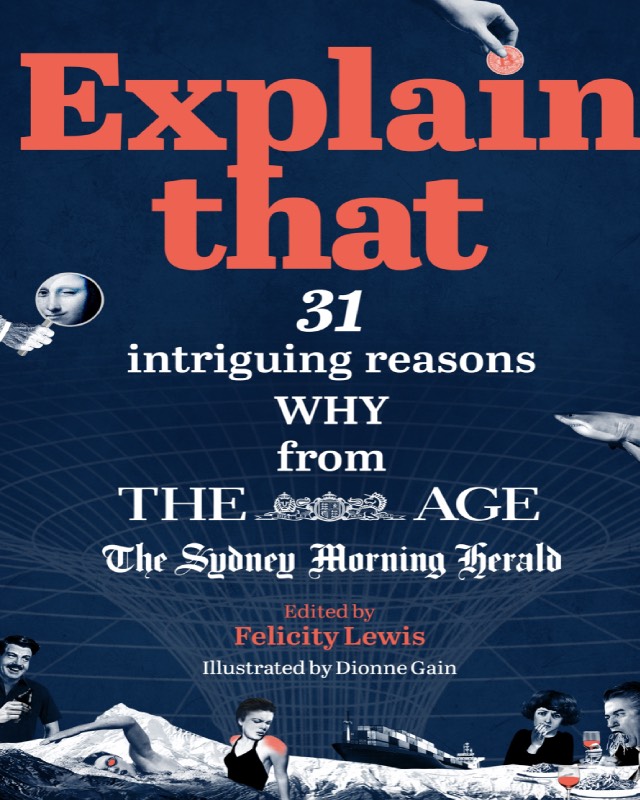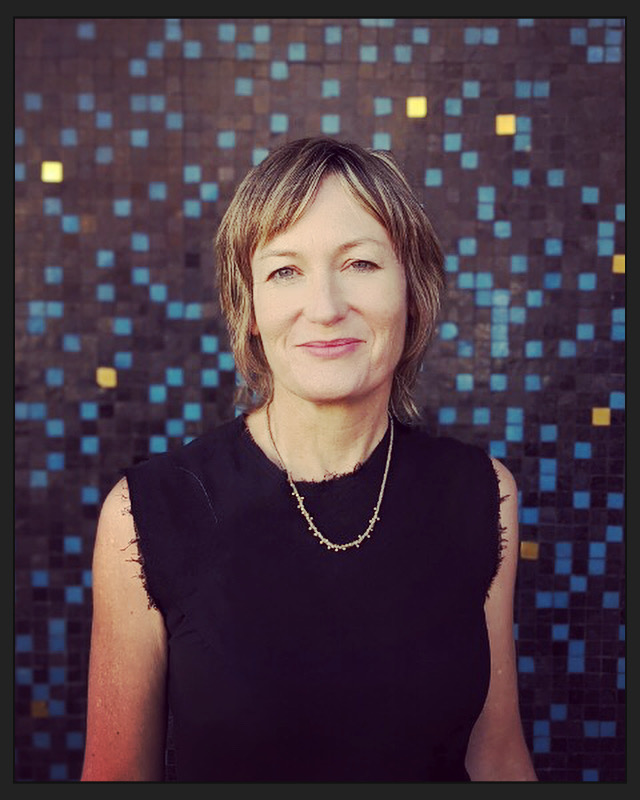It’s a great pleasure to chat with the fantastic Felicity Lewis for her latest release- Explain That. Felicity is a national explainer editor at The Age and The Sydney Morning Herald. She has commissioned the pieces in this book from reporters in business, sport, politics and beyond across the Age and Herald newsrooms. She has won several team awards, including a Walkley.
What was the defining moment when you thought this book must come into the world?
Felicity- When the publisher asked me to do another one! This was a kind of sequel to our first anthology, What’s It Like To Be Chased By a Cassowary? That one was sparked by a couple of moments. The first was when I’d just started in the role of explainer editor, and another editor suggested I think about doing a book of explainers, eventually. The second was about 18 months later when a colleague came into our newsroom waving a book from the UK that was vaguely explainer-y. I thought, right, that’s it!
Can you walk us through the process of putting together an anthology like Explain That? What were the challenges?
Felicity- Thinking of a title was challenging – cassowary was a hard act to follow. You have to get the mix right. You want topics that a reader will leap at because they know a bit about it as well as topics they don’t usually consider to be their bag. It’s good when a reader says, “I didn’t think I was interested in politics in China or breakdancing in the Olympics, but I ended up really enjoying those pieces.” Then there’s doing the work while doing your day job (my boss was very supportive). Even though it’s designed for readers to dip into it, the book in total is more than 100,000 words, and I read those 100,000 words many times. And publicity – that’s another stage of the process that takes preparation.
Were there any re-edits for the book?
Felicity- Sure, although no major surgery. I think that’s a standard operating procedure in publishing, there’s a process the copy goes through (in newsrooms there’s a much faster turnaround, for obvious reasons). Each editing stage throws up something new. One of the book editors told me editing’s a bit like weeding a garden: just when you think you’ve finished, and you stand back to admire your work, you spot another weed in the corner!
There have been so many interesting explanations in the book. I particularly loved ‘Where did the Australian accent come from?’, ‘Is time travel possible?’ and ‘How do we age?’ Do you have any favourites there?
Felicity- I like those ones too. I like that they’re questions about everyday life that have a lot of layers. For example, the scientist in time travel has a really poignant personal story: his father died when he was a boy and he decided to devote himself to working out whether he could go back in time to see him again. It’s too hard to pick a favourite, they’re all intriguing in their own way. For example, How do you find a Dalai Lama? has an unusual mix of religion, geopolitics and even an oracle lake. And I wrote What’s the point of table manners? so I’m biased but it ended up being as much about love and violence as about how you hold your knife and fork.

When you edited the book, did you have a particular audience in mind? Who are the people you want this book to reach through?
Felicity- Anyone who’s curious, who wonders about stuff, across ages and “demographics”. It might sound pat but it’s true. I know people who bought Explain That who handed it on to family members, friends, teenagers, their father-in-law … I wanted the book to be a place where they could dive in and satisfy their curiosity about at least a few subjects.
Your labour of love is finally out in the bookstores. How does it feel?
Felicity- It’s great to see it out there in the world. It’s also a relief!
If you could, would you change anything about your writing career?
Felicity- Hindsight’s a wonderful thing! I’ve been writing stories for as long as I can remember; and I decided I wanted to be a journalist when I was in grade 4 … so the die was cast early on! As it turns out, it was a good call – it’s a job where you deal with lots of people and ideas, and with language, and it keeps you on your toes. I’ve reported, produced, and edited. I really like editing, working with other writers. Maybe, if anything, I ought to make time to tackle more writing myself too.
Do we expect a sequel soon?
Felicity- You never know.
Anything else?
Felicity- Book design is important, I reckon, and not just the cover, the pages too. In this book, you can read it front to back, but you can also dive into the subheads that interest you, and there are big pull quotes – so lots of “entry points” for readers (and punchy orange colour). It’s really chunky, as they say in Succession. And the illustrations and graphics by my colleagues are also a big part of the book: there are 31 illustrations by Dionne Gain, who’s the creative director at The Sydney Morning Herald. There are many authors, too – my colleagues brought so much fascinating detail to their work, not least the explainer reporter, Sherryn Groch, who has several pieces in included (time travel is one of them). It takes a village to make a good anthology.
Explain That was published on 2nd November 2021 by Penguin Books Australia. You can purchase the book here.
Book Details:
| Title | Explain That |
| Edited by | Felicity lewis |
| Publisher | Penguin Books Australia |
| Pages | 464 |
| List Price | 32.99 AUD |
